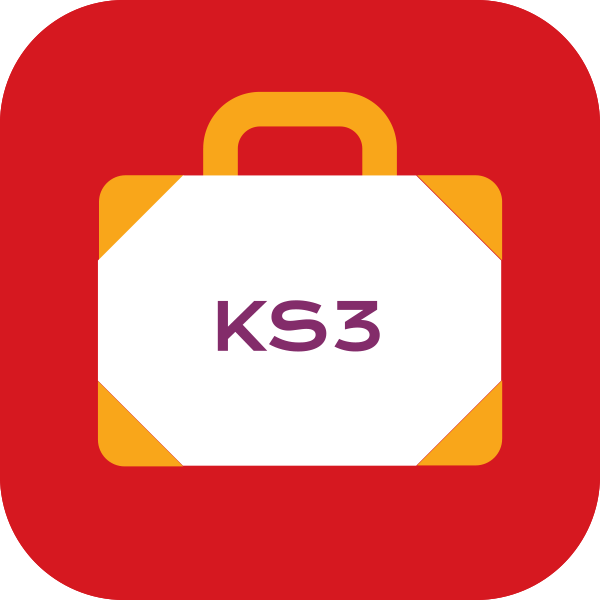“ ”

“We are also aware, exemplified in the DfE’s Green Paper, which preceded the SEND and AP Improvement Plan, of the challenges in terms of financial sustainability for meeting additional needs. We are seeing more children with complex need in mainstream education which has implications for growing our internal expertise and training. We are working hard to provide support for our SENCOs within the challenges of the sector and there’s much that can be done at a Trust and academy level which we are striving towards.”
Naomi adds, “I'm one of three SEND Lead Practitioners. We have 42 academies across the country, mainly secondary academies but also six primary academies, three Alternative Provision settings and a special school. Our team supports SENCOs and principals in terms of making sure that their vision and provision is as high quality as possible. We also often work directly with teaching staff and teaching assistants to provide training and check processes are effective within their academy.
“Our SENCOs are really dedicated and engage positively with all the support and guidance offered. We have a strong SENCO network where we share information and best practice, and SENCOs tell us that this peer-to-peer support is invaluable. Some colleagues, of course, need more support than others, particularly new SENCOs and we provide an induction programme and on-going CPD. We have also developed an adaptive teaching toolkit to support consistently high-quality teaching in every lesson, every day. We meet regularly with SENCOs who are working with subject leads and quality of teaching leaders to make sure that their curriculum is fit for purpose for all children, and that adaptive teaching is woven throughout.”
Training colleagues
“Our 42 academies are all individual, and we are attuned to contextual variation. However, our fundamental values on inclusion are consistent and we provide clear guidance on statutory processes. We want SENCOs to feel connected with evidence-based quality approaches but understand that flexibility is often required to meet individual need and circumstances,” Naomi says.
“We are aiming for consistency in how children’s needs are identified so that support is accurately targeted. For example, some children may be behind in their learning due to missed education rather than a SEND. It’s important that we have sufficient and accurate information as soon as concerns are flagged. Where SEND support works most effectively, academy staff and teams work holistically to share information and decide on next steps. The voice of the parent and child is also critical in this.”
“ ”

“ ”

Using CAT4 as an early identification tool
Naomi continues, “We encourage SENCOs to have an open and enquiring mind and have done quite a lot of work recently to ensure our academies have the right screeners and assessment tools to meet the needs of the profile of learners at their academy. In our secondary academies, staff use GL Assessment’s KS3 Assessment Package, which provides information on a range of measures, and can help in identifying who may need further, more specialised assessments. Feedback from colleagues demonstrates that this data is now being distributed and used more effectively by SENCOs.”
Jane adds, “Our academies use GL Assessment’s Cognitive Abilities Test (CAT4) in Year 7 and we are encouraging our SENCOs to really look at that data. Cognitive ability testing is not used as widely in our primaries, but it could be a useful tool. I often tell our SENCOs they are a bit like detectives who need to keep investigating to really understand the needs of a child. We encourage them not to be too specific in labelling needs too early and to look at the context in which the child is learning (Could it be something in the environment? Could it be the teaching? Or could it be a SEND?) sometimes it's necessary to have that wider perspective and that’s where the verbal and non-verbal reasoning data provided by CAT4 can be helpful. CAT4 also tells us whether a child may be under-achieving, that is, their performance is not in line with their cognitive ability or whether there might be something more to explore. I feel that these types of assessments are very useful as the first level of screening before moving on to more specific testing, if required, after that, such as the Dyslexia or Dyscalculia Screeners”.



